Colossal stone inscription uncovers Sabaen military exploits [Archives:2005/905/Culture]
A 10-member German expedition led by Dr. Iris Gerlach, Director of the Sana'a-based German Archeological Institute, discovered a colossal stone inscription at Almaqah Temple in Sirwah, 40km west of the city of Marib.
The inscription dates to the ancient Sabaen state, dating back to pre-Islamic ages. It narrates the military exploits of Sabaen kings stating that King Yasa' Amar Watar, son of Yakrub Malik who ruled Yemen in the fourth century B.C., waged several military raids such as those carried out earlier by his predecessor, Karb Ayl Watar, son of Thamar Ali.
The colossal rock records details of battles, victories and military raids that took place under the reign of the Sabaen king.
The inscription specifies attacked areas such as Qataban, Radman, Dahsam and certain regions in Al-Jawf, including the towns of Kutal and Kimnah.
The inscription is engraved in an immense rock measuring 7.24m in length, 72cm in height, and 51cm in thickness. It weighs some 7 tons. The rock is believed to come from quarries five kilometers away.
The inscription mentions that during the attacks, thousands were killed and many others displaced.
According to archeologists, the expedition is probably a glorification of a Sabaen king's exploits in the first half of the first millennium B.C.
This inscription is considered the second most important Yemeni inscription after the Victory inscription discovered in the 19th century by an Austrian archeologist, which revealed many facts about Sabaen civilization.
Gerlach described the discovery as “important.” The newly discovered inscription contains seven lines, the first describing lands and territories conquered by King Yasa' Amar Watar, son of Yakrub Malik. The second part of the inscription mentions lands reclaimed and cultivated by him.
Certain places mentioned in the inscription still exist, although with different names. For example, the town of Kutal, which was attacked by King Yasa' Amar Watar, is now called Khirbat Mas'oud in Raghwan district.
The German expedition held a noon press conference Monday at the temple.
It is noteworthy that the German mission began its current archeological season November 12, 2005, and expects to end mid-January 2006.
The German Archeological Institute is conducting the excavations in collaboration with the Public Antiquities Authority.
The inscription, in the form of a big stone plate, is standing on a one-meter high platform and lies in the center of Almaqah Temple. It is believed to have played a significant role in Sabaen religious life.
Almaqah Temple is among the key archeological discoveries in Sirwah. It has a fence 16m high.
Inscriptions found at the site mention that Almaqah Temple was founded in the seventh century B.C.
Sirwah is one of the most important Yemeni towns in ancient history. It was very famous during the Sabaen period. Some people claim Sirwah was the first capital of the Sabaen state before moving its seat to Marib.
The Sirwah discoveries are not limited to this inscription. Current activities have revealed one end of a vast graveyard near Almaqah Temple.
Gerlach says, “Work will continue until the site is eventually equipped and prepared to be a key archeological and tourist destination.”
The German team's activities, which span more than 25 years, are focused on clearing the temple's yard and highlighting the varied inscriptions present in it.
——
[archive-e:905-v:14-y:2005-d:2005-12-22-p:culture]


